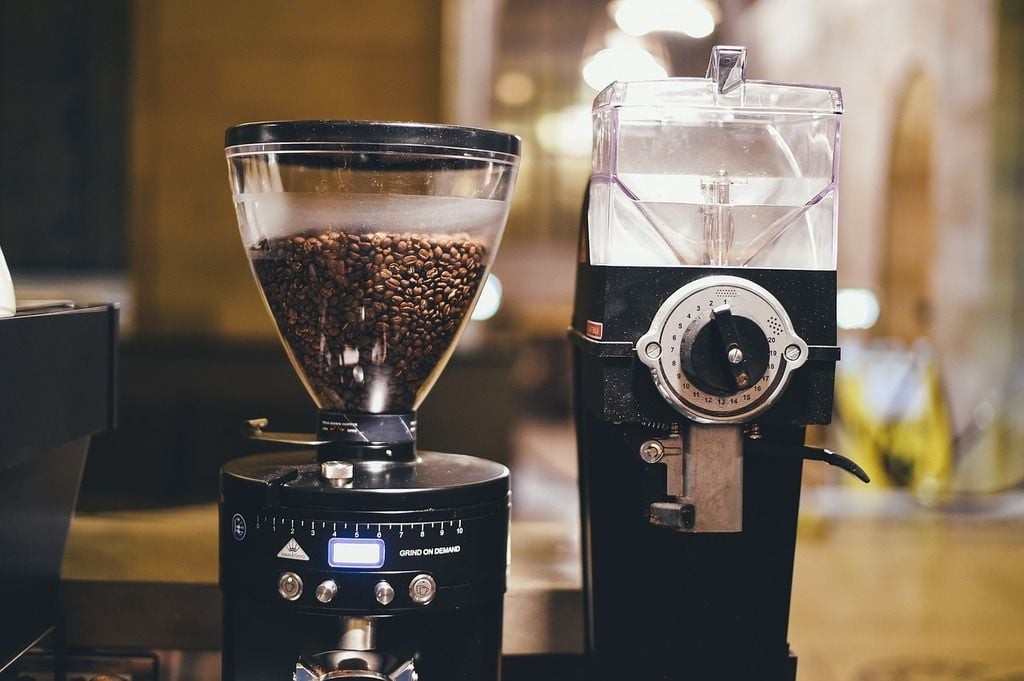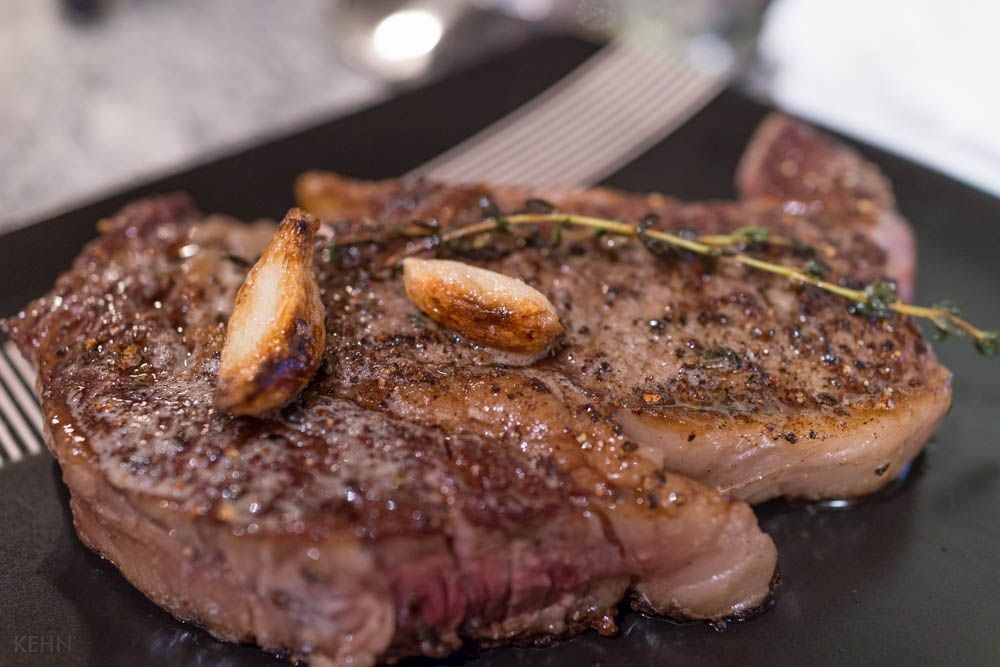
Get Ready For a Soup-filled Week: Definitive Guide to Safely Storing Your Soup
- Apr 23, 2024
It's Sunday, you've brilliantly planned and cooked up a huge serving of soup for the upcoming week. Pat yourself on the back for your foresight. While it might be tempting to move the steaming dish straight into your refrigerator, please refrain. Putting hot soup in your cold fridge isn't just going to raise your refrigerator's temperature, but it may even put it within the risky 'danger zone'. However, you can't leave the pot out on the stove forever either. Here's the right way to put away soup and stock for safe and savory consumption.
The U.S. Department of Agriculture (USDA) defines the 'danger zone' as a temperature range of 40°F and 140°F where perishable food begins to decompose. With refrigerators meant to keep food at 40°F or lower, introducing soup or stock of a notably higher temperature can push the whole temperature up, providing an ideal scenario for food spoilage. Leaving both hot and cold food within the danger zone for over two hours is definitely not recommended, according to the USDA.
To correctly put away your soup or stock, let the dish first reach room temperature, endeavoring to move it to the refrigerator within two hours in adherence to USDA instructions. To cool it quicker, you can utilize ice paddles - a popular restaurant utensil made with food-approved plastic - or situate the pot in a sink with an ice water bath. Another option is to take the soup or stock from the warm pot and move it into shallow containers in small quantities to speed up the cooling down process. Soup and homemade stock will have a fridge-life of about three to four days.
For the best flavor preservation, freeze your soup and stock. Freezing food also gives you the freedom to make appetizing stock-based soups at any moment. It's typically best to freeze brothy soups, as creamy soups such as bisques or chowders may develop an undesirable grainy texture due to the ice when defrosted; be sure to separate any pasta or grains from the broth to prevent unnecessary water absorption. Strive to freeze your soup or stock within three days of preparation, or within a day if possible. If you choose to freeze the soup the same day, first let it cool, and then store it within two hours; following this, you can transfer it to the freezer from the fridge.
For freezing, divide the soup or stock into shallow airtight containers, leaving at least half an inch of room at the top for the liquid to expand. Another good technique is to use stackable ziplock bags, ensuring to remove any air and leave a little room at the top. Silicon ice cubes that are heat-resistant, such as Souper Cubes, are another great option that allow you to freeze individual ½-cup, 1-cup, or 2-cup servings. For reheating, you can go straight from the freezer to the microwave or a saucepan over low heat to avoid burning; the soups and stocks will keep in the freezer for three to four months.






